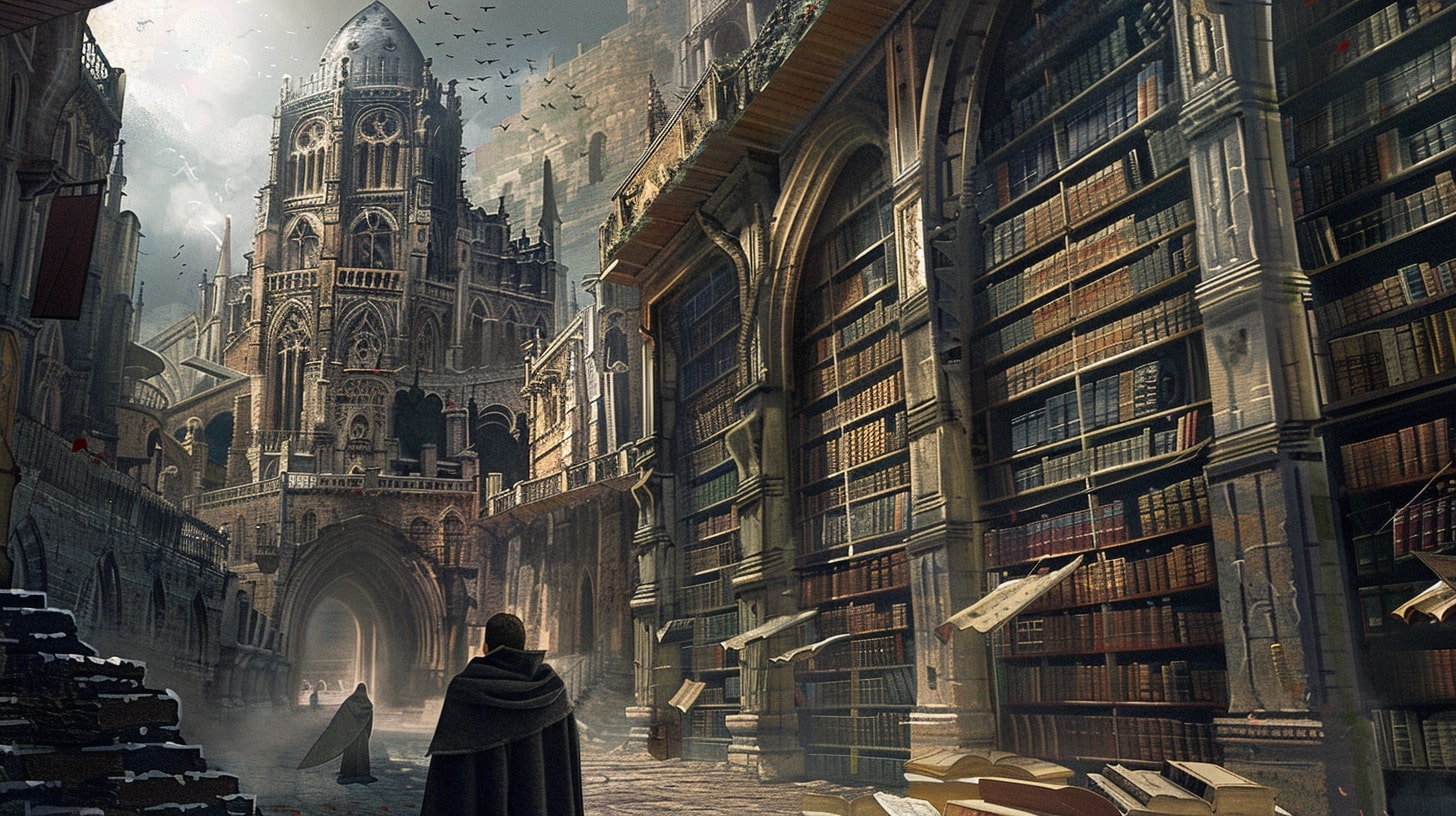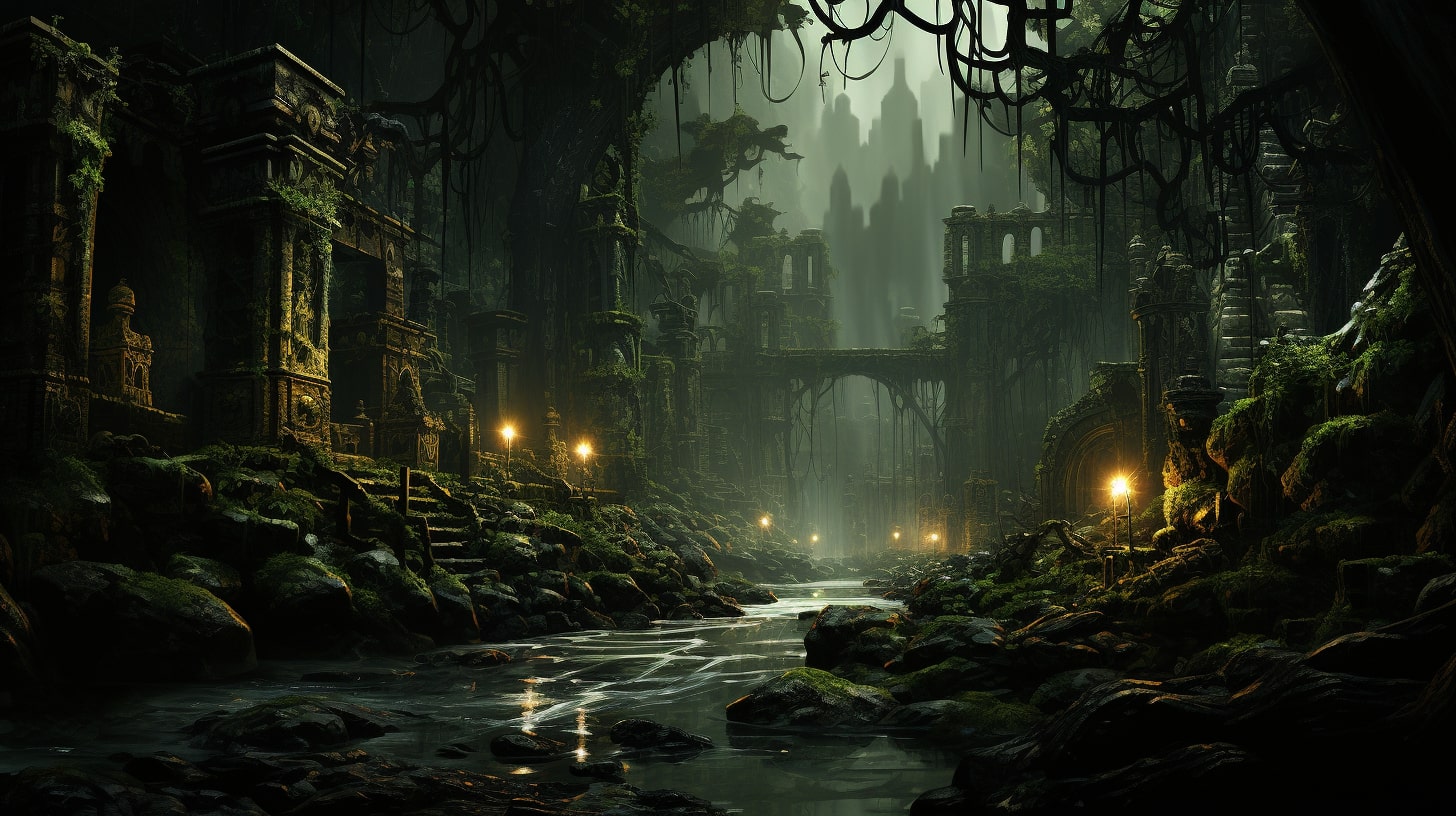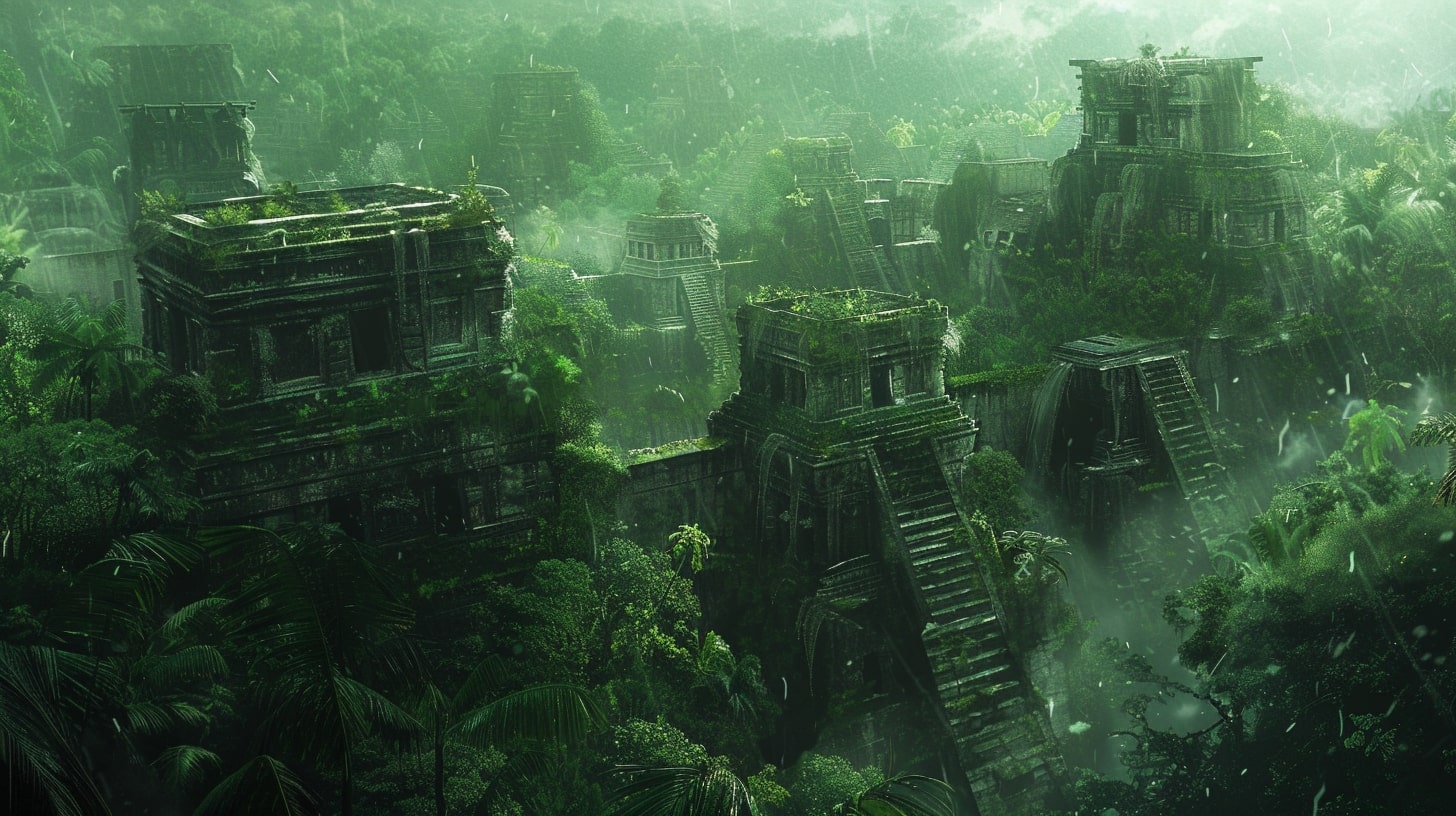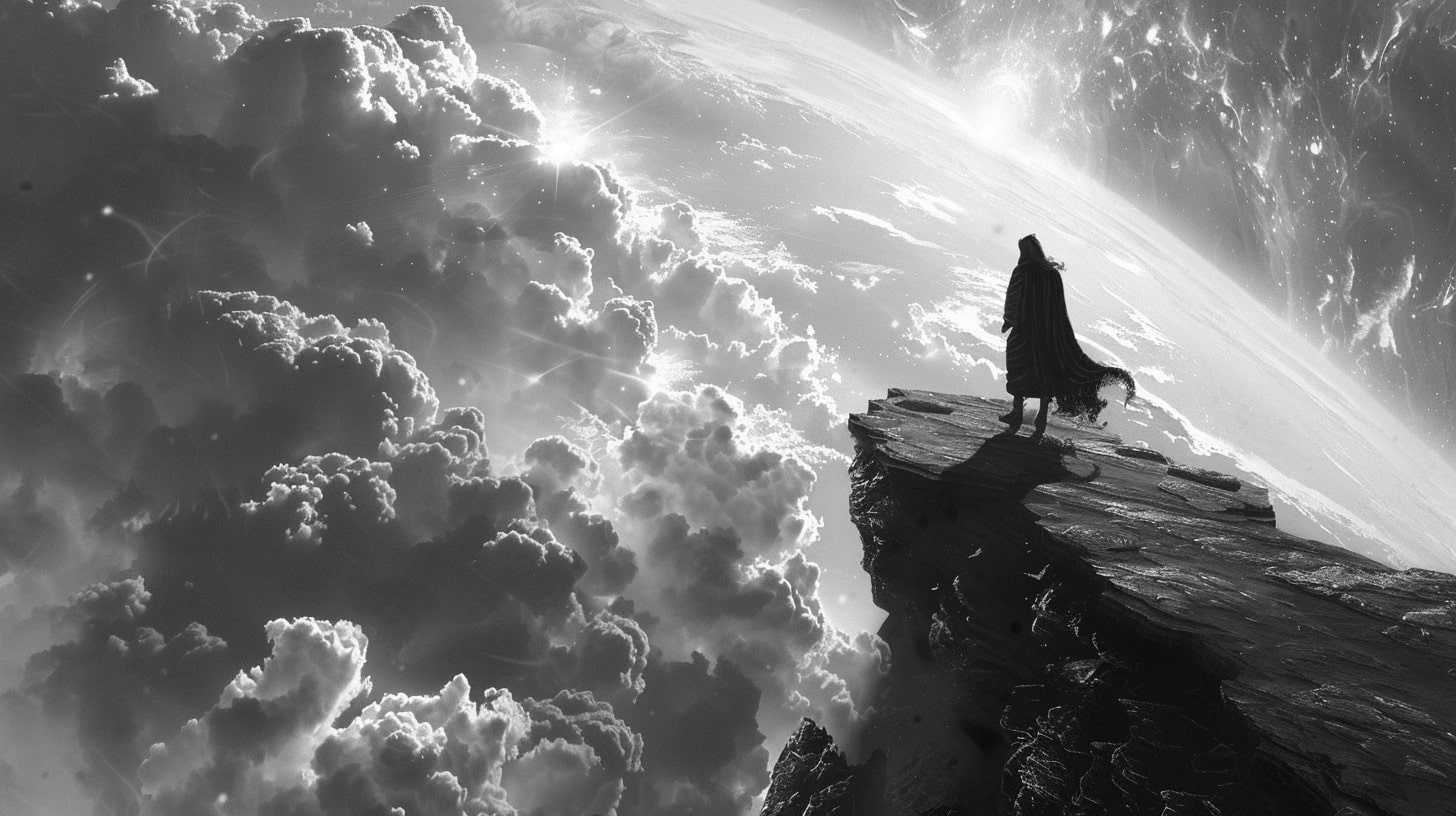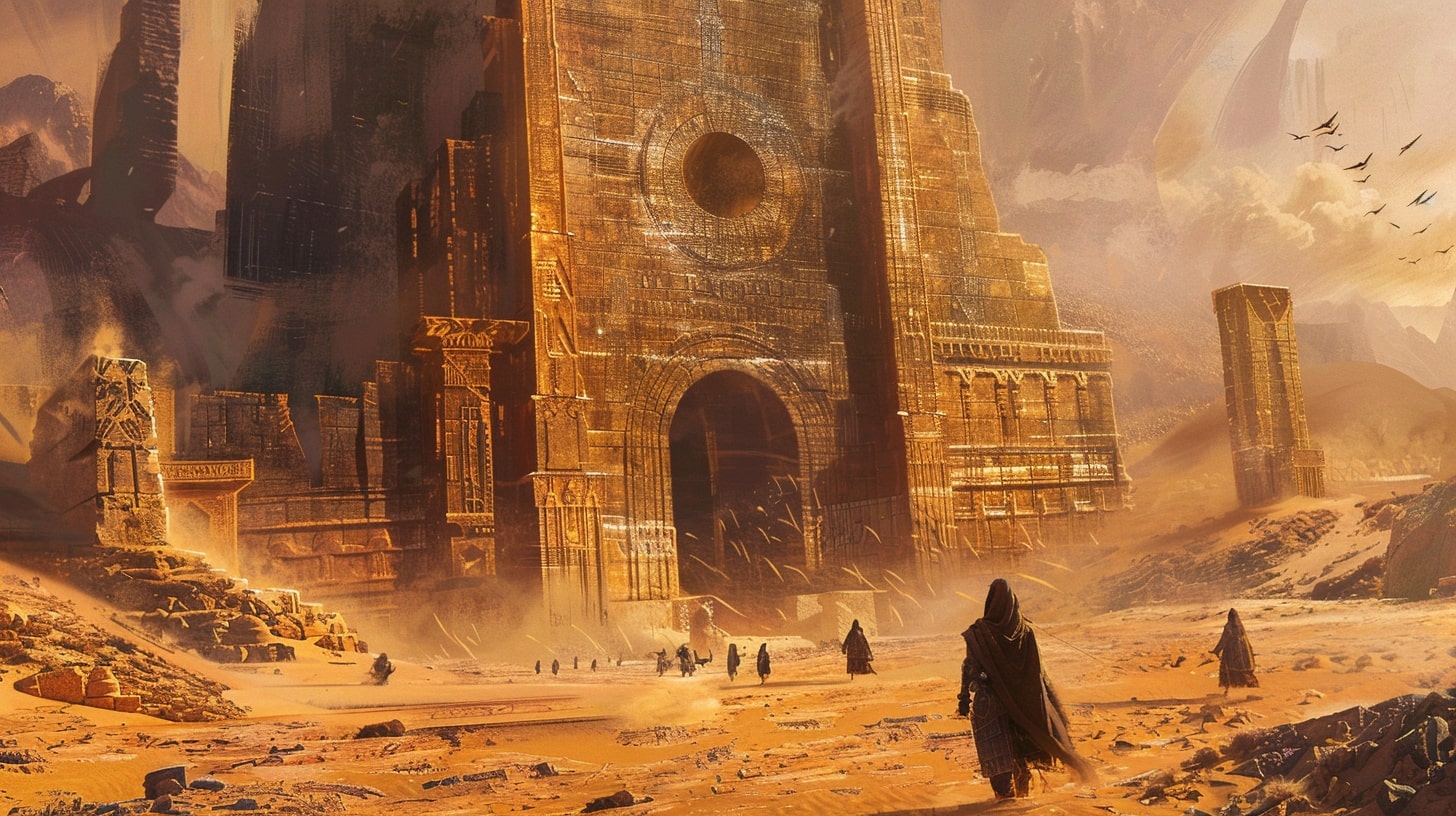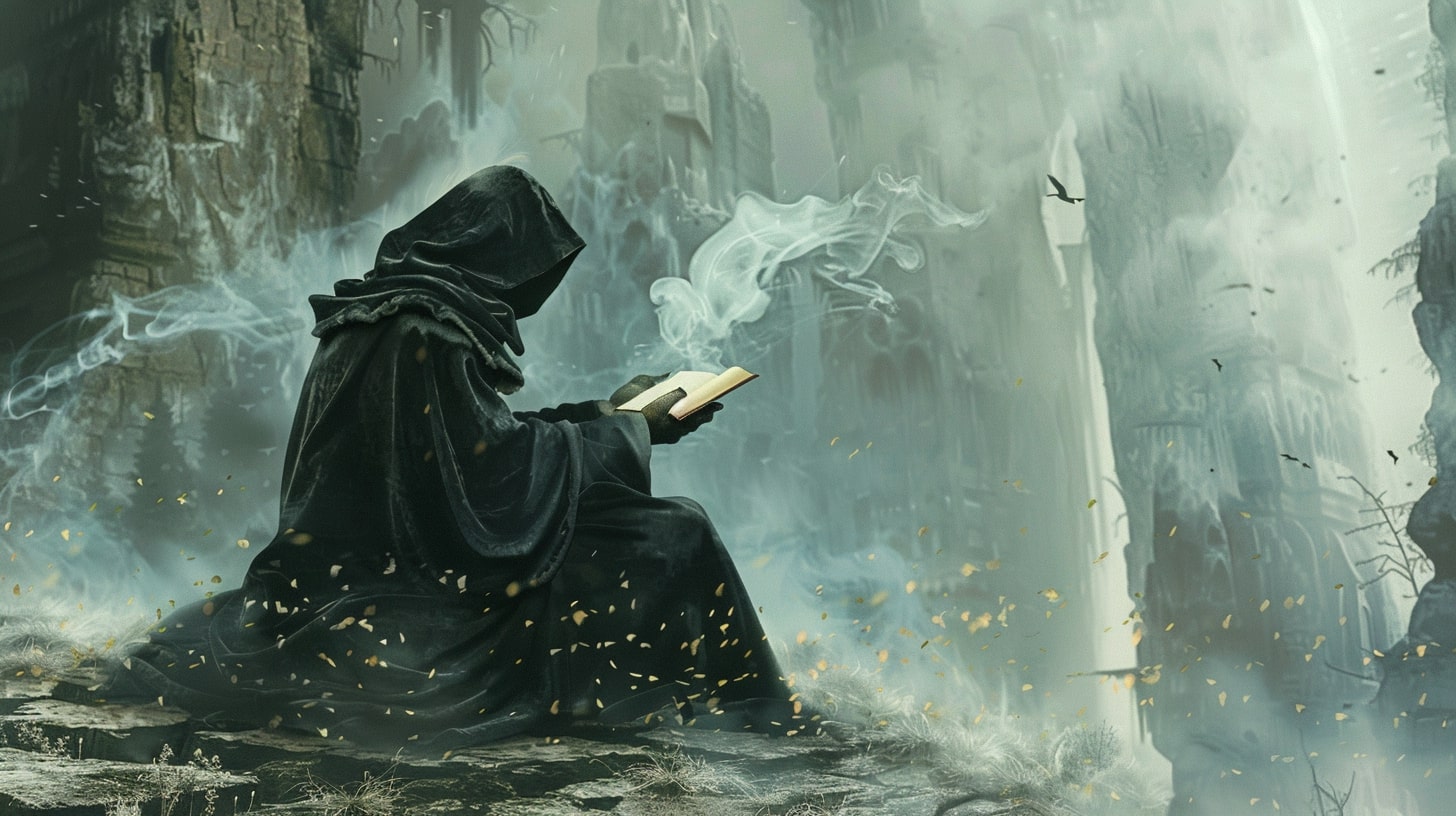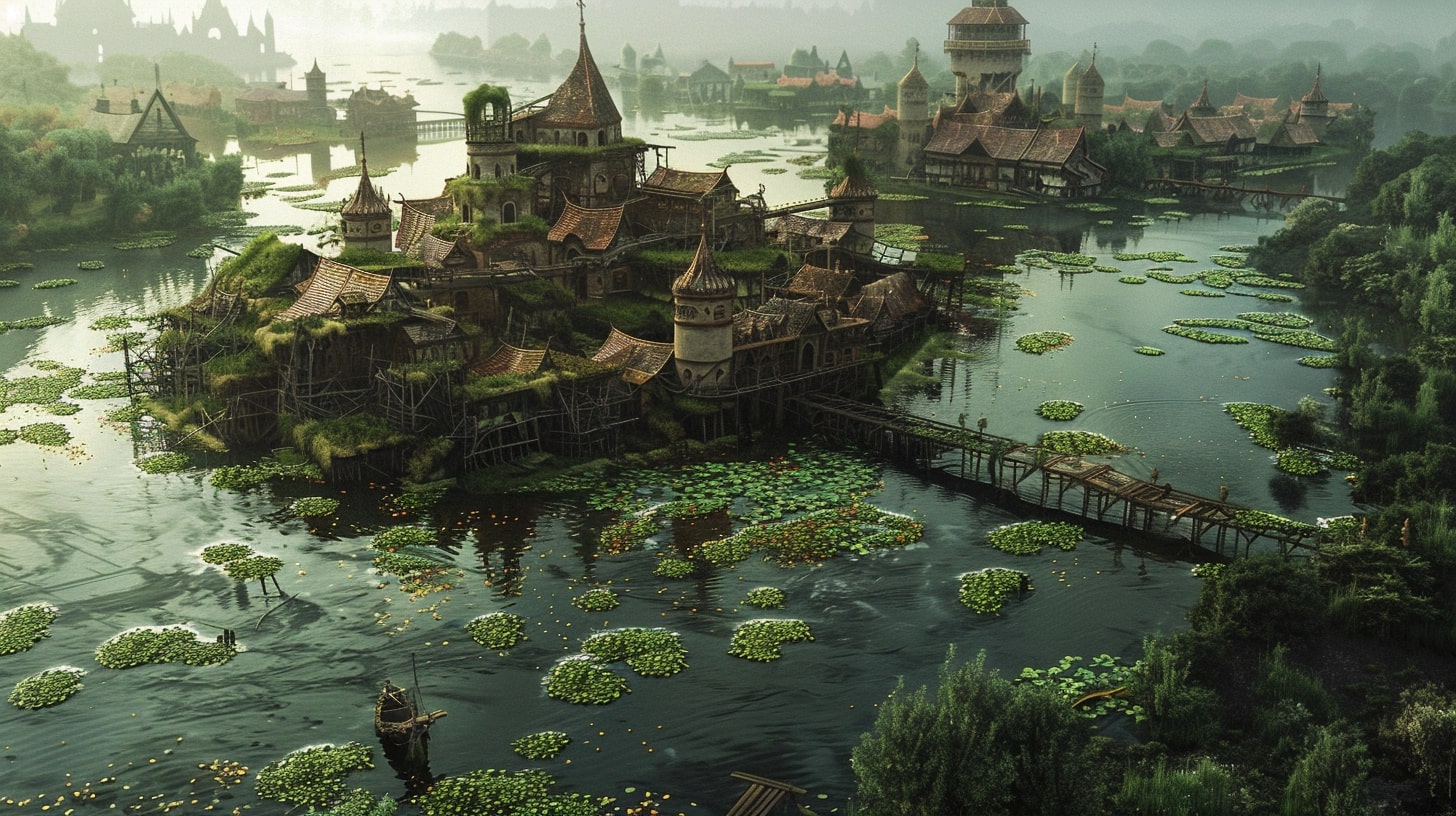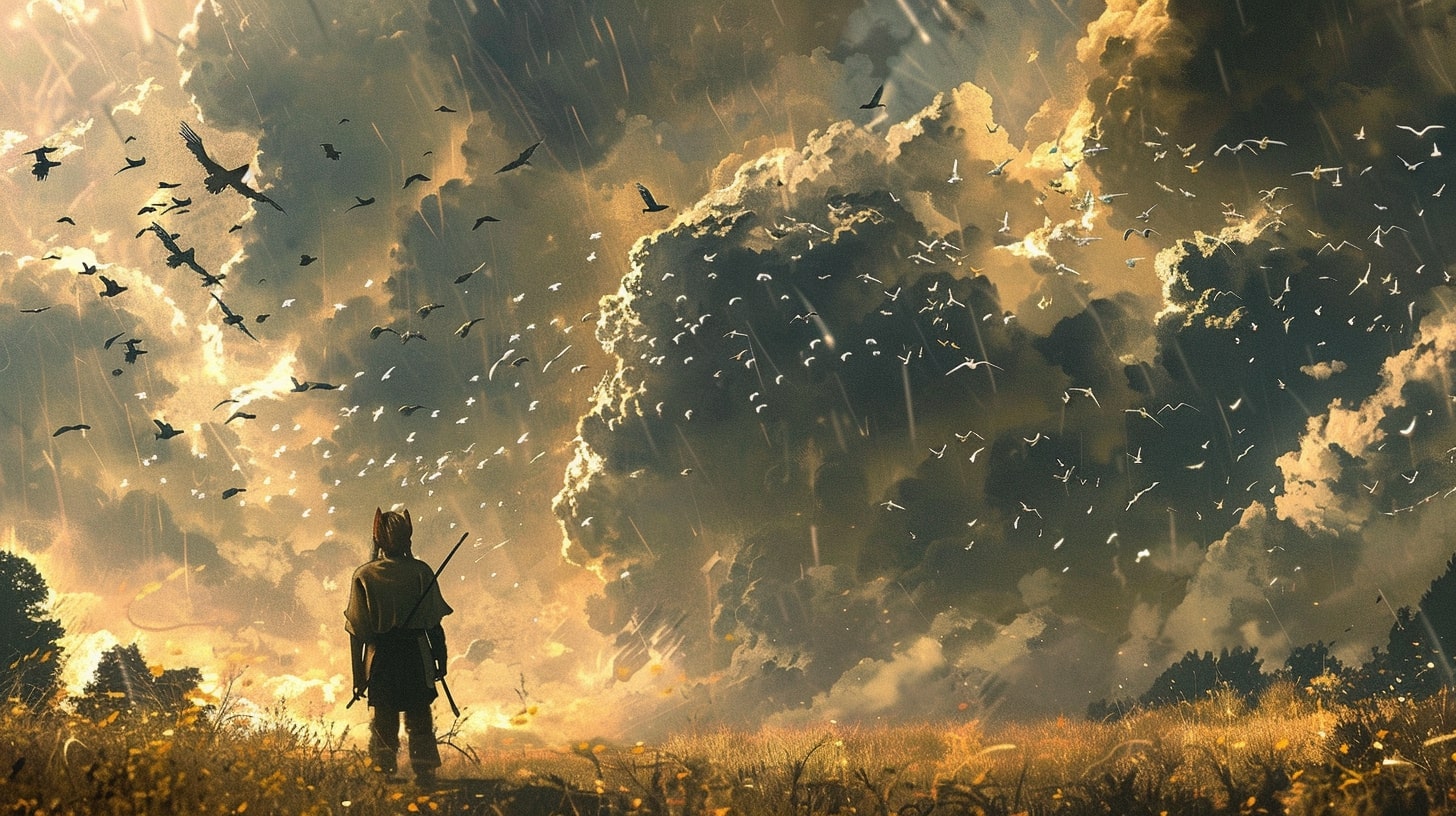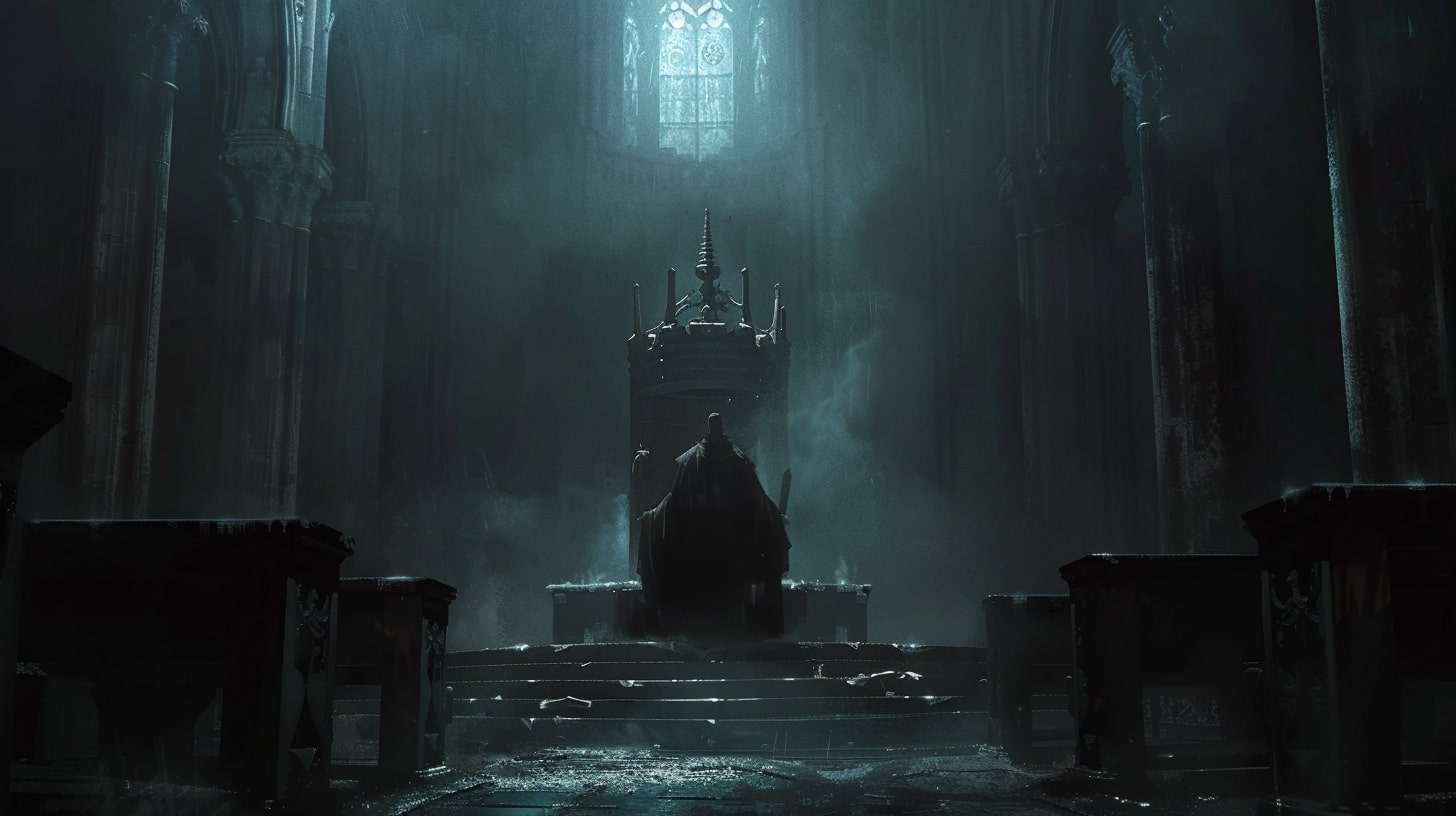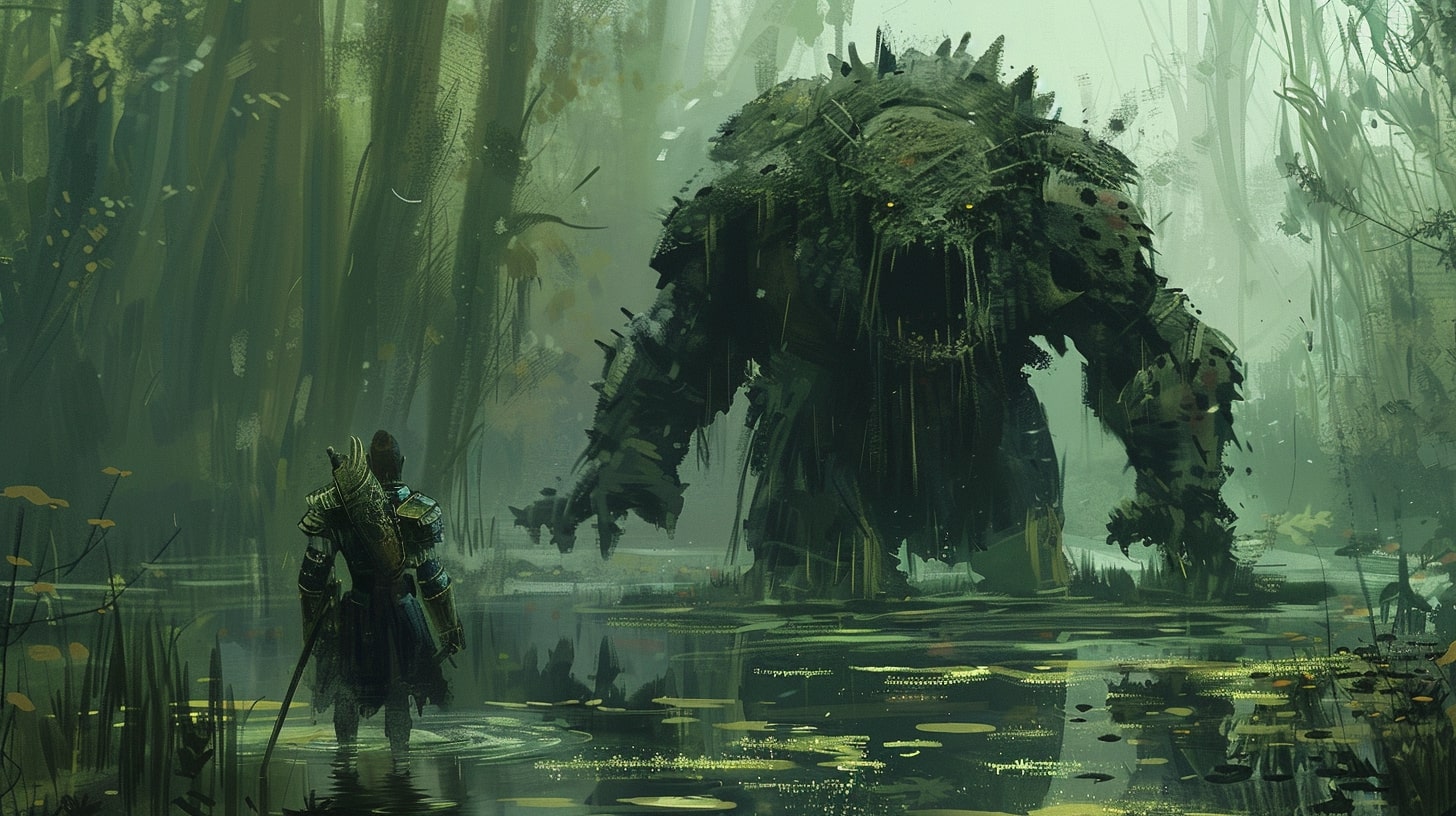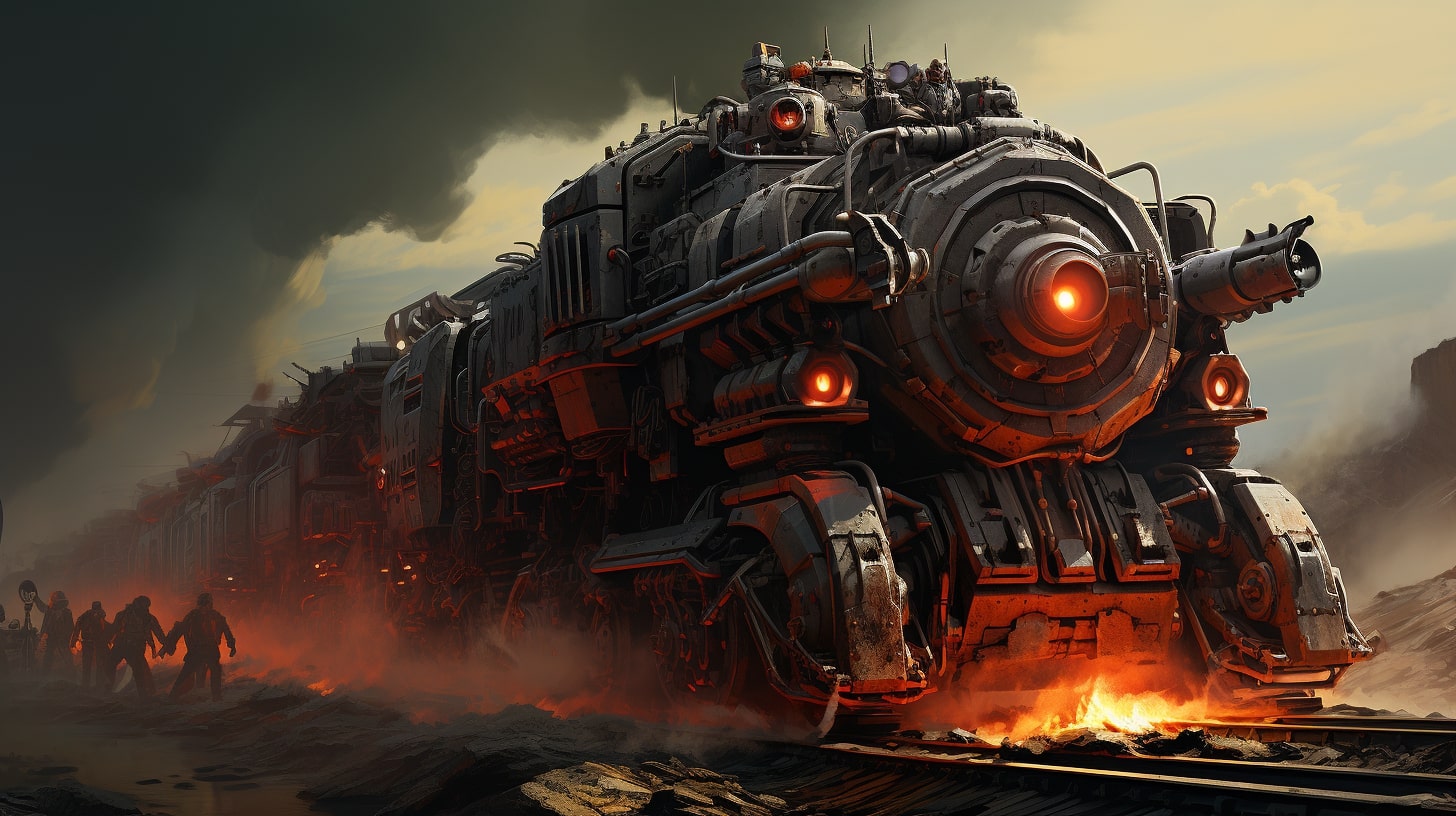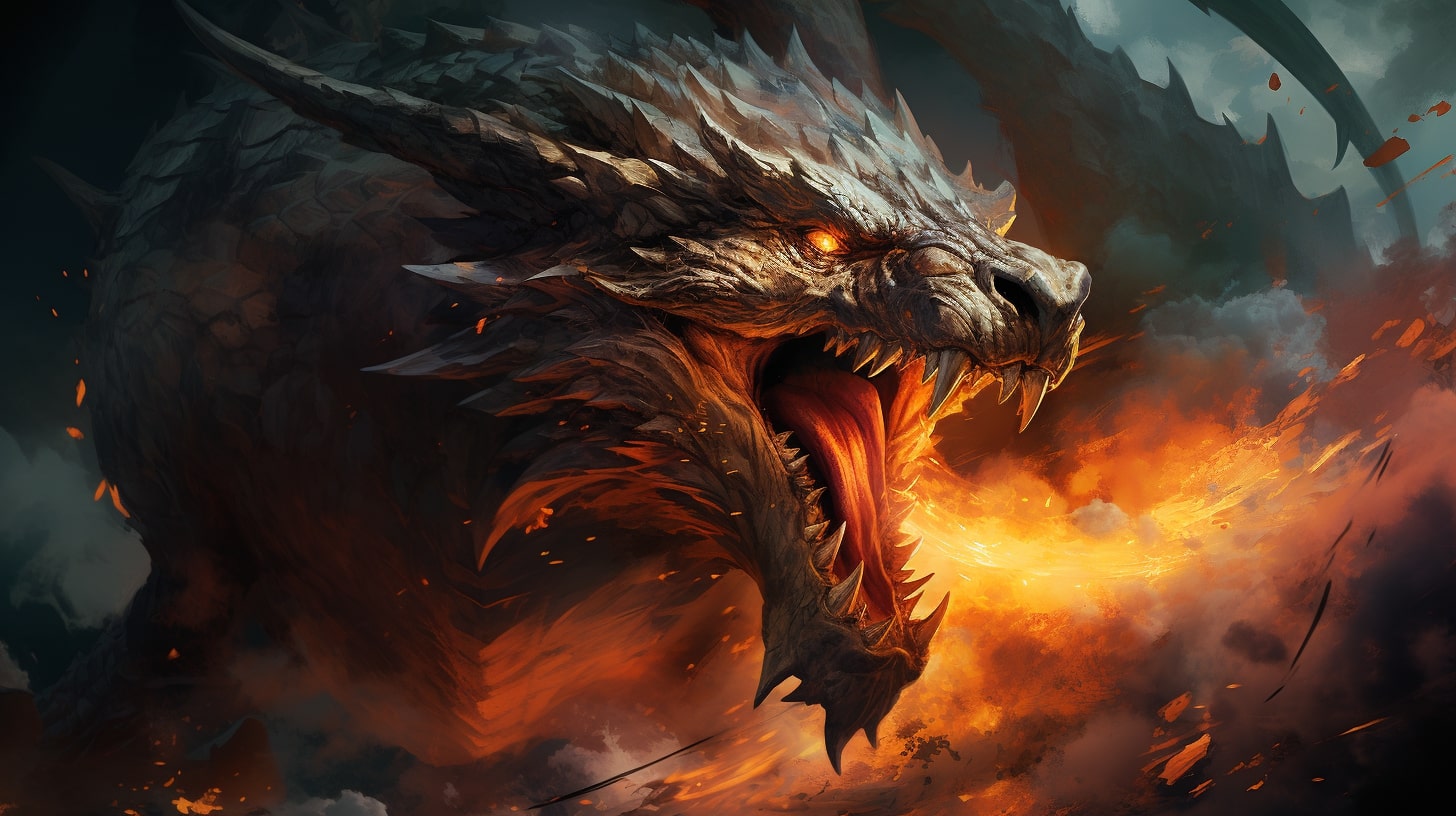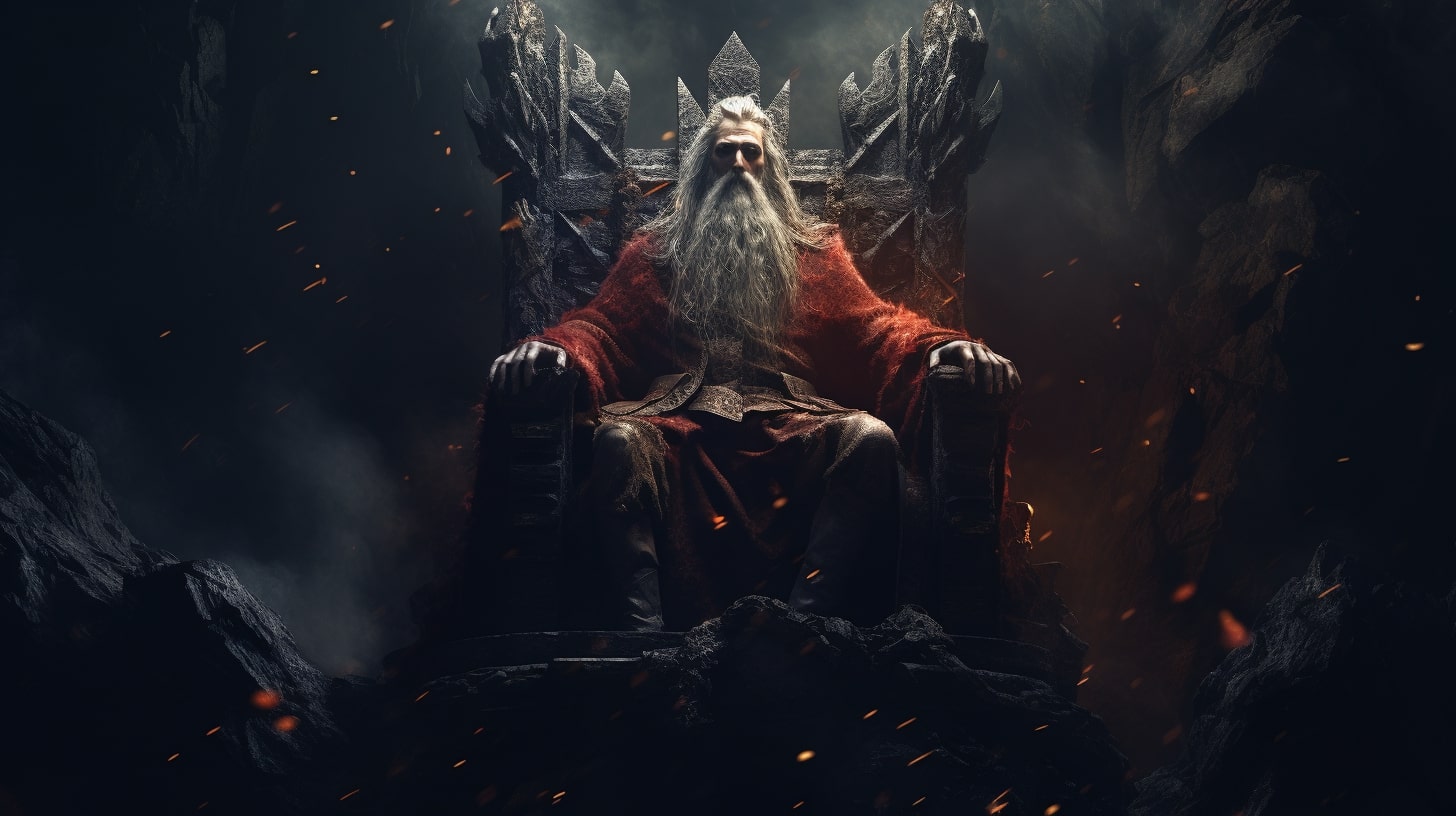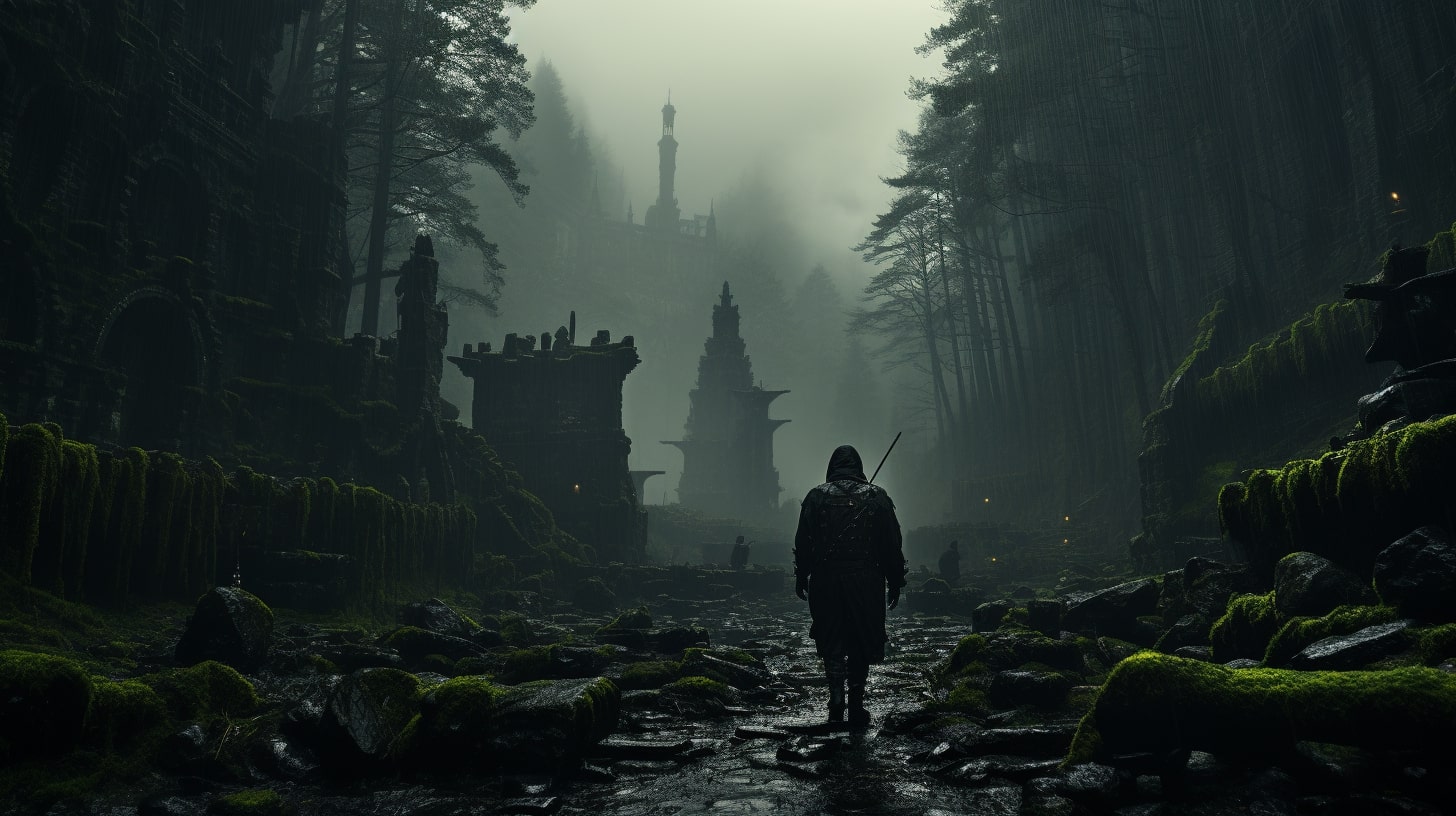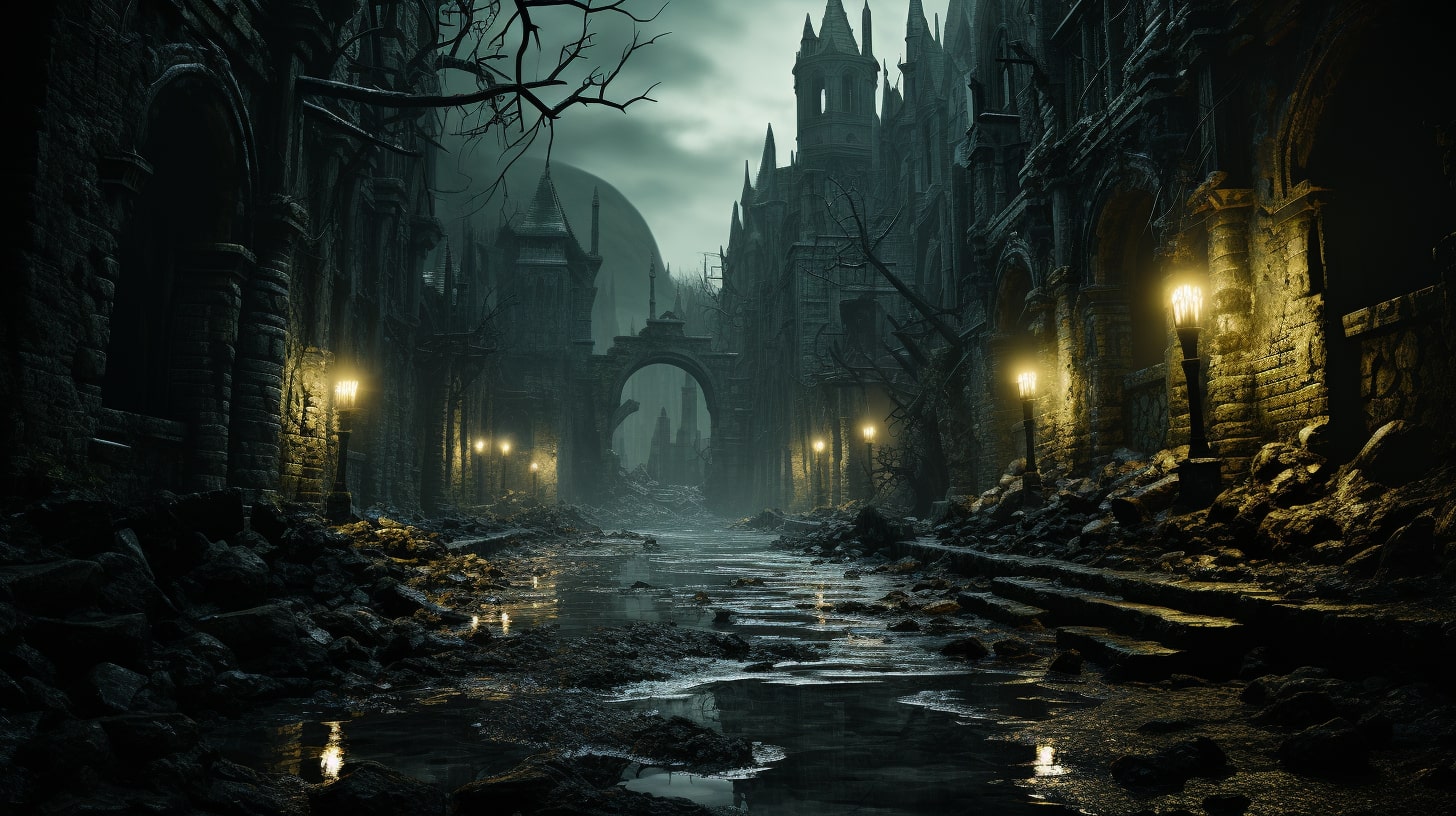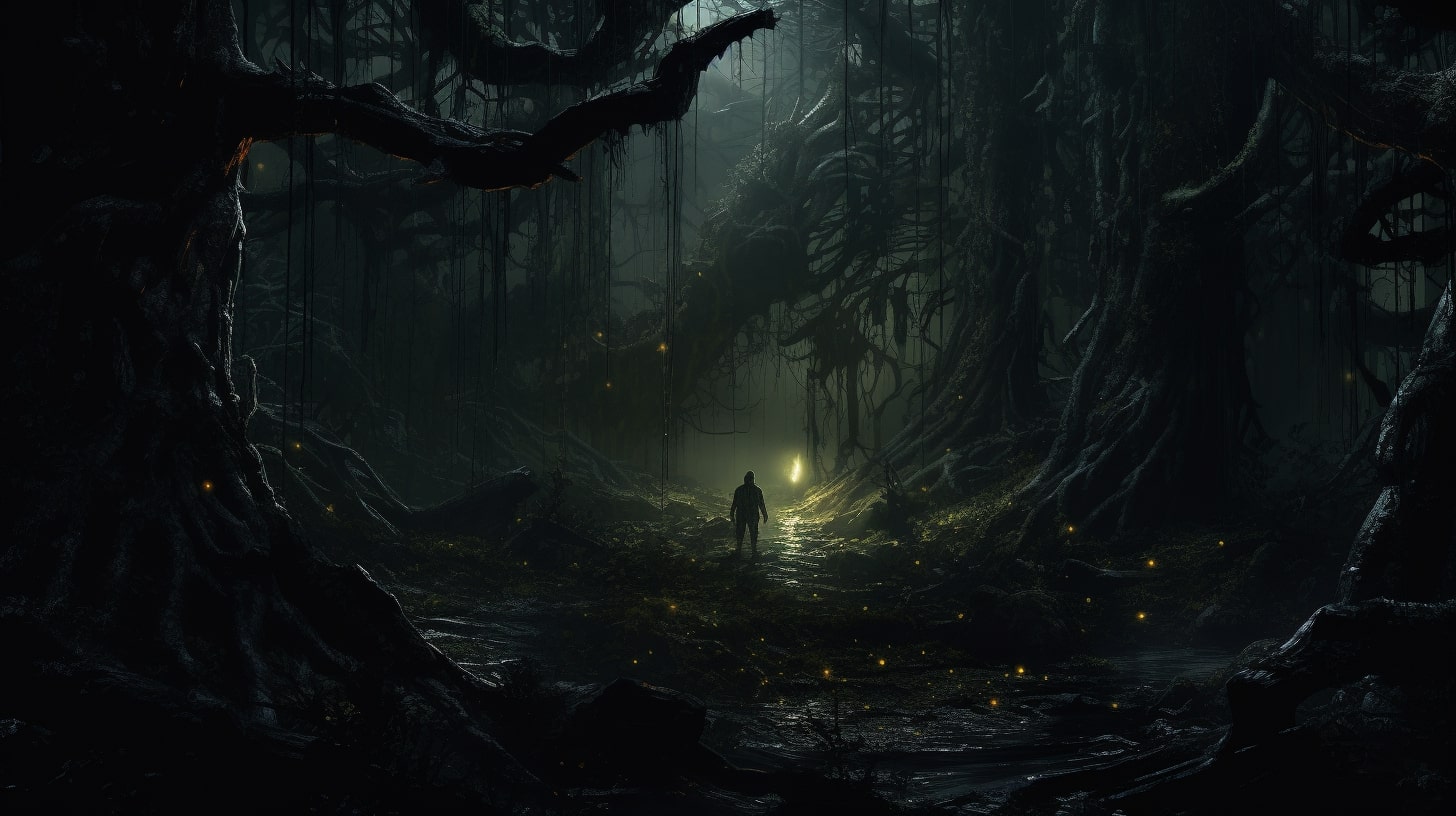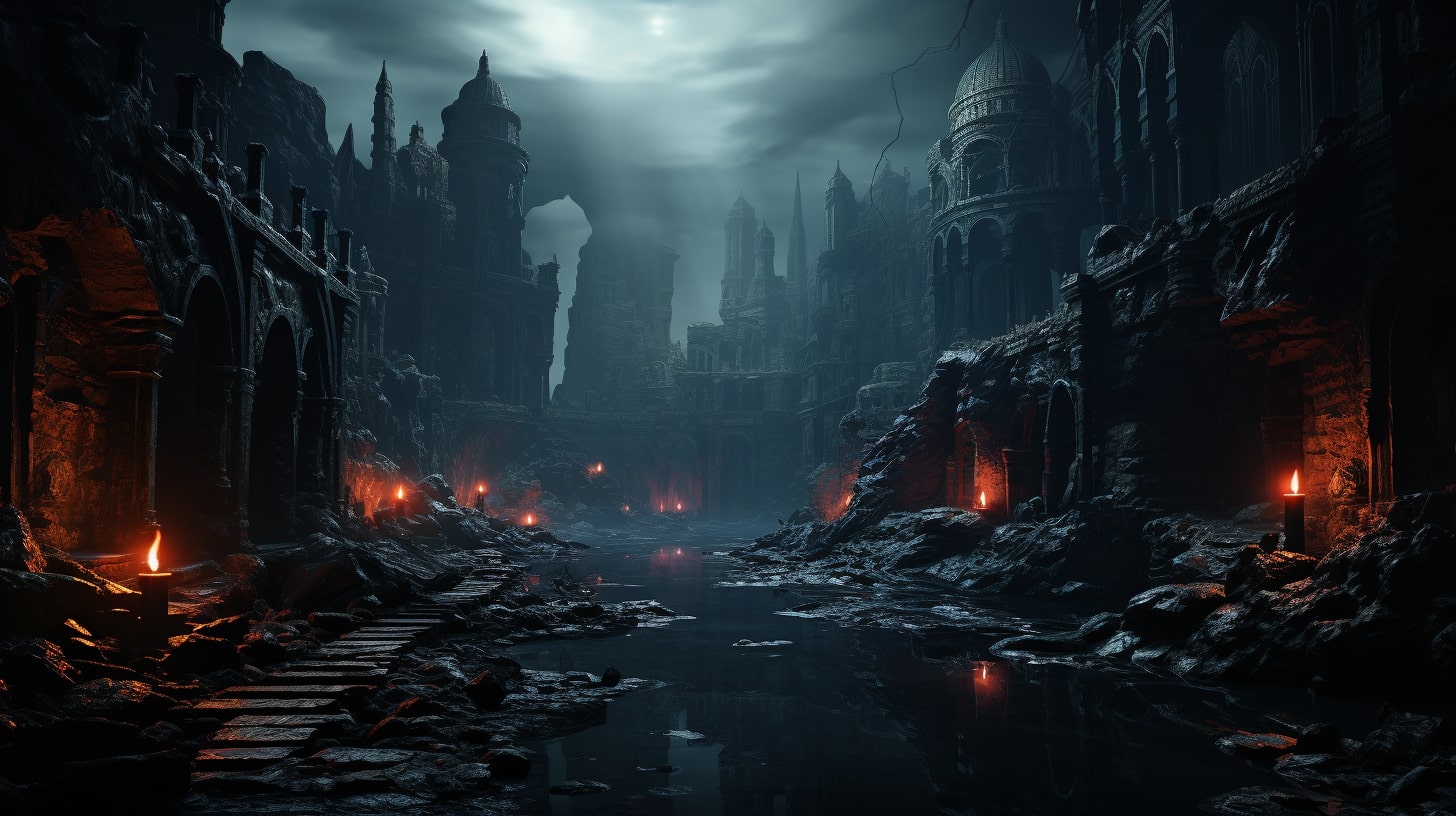The Art of Worldbuilding
In the realm of fantasy writing, worldbuilding is a crucial aspect that allows you to create immersive and captivating fictional worlds. It involves the creation of a detailed and believable setting that serves as the backdrop for your story.
By skillfully crafting your world, you can transport readers to a place where they can escape reality and embark on epic adventures.
Which is why worldbuilding history has become so important. It’s hard to have a story when there are no events of the past to reflect upon.
What is Worldbuilding?
Worldbuilding is the process of constructing an entire fictional world, complete with its own history, geography, cultures, and more. It goes beyond simply describing the physical aspects of a setting; it involves developing intricate details that breathe life into your world and make it feel real.
When you build a world for your fantasy story, you have the opportunity to shape every aspect, from the landscapes to the social structures, and even the magical systems.
You can even get silly like I do with Boopieverse.
The level of detail can vary depending on the needs of your story, but the goal is to create a cohesive and internally consistent world that readers can fully immerse themselves in.
The Importance of Worldbuilding in Fantasy Writing
Worldbuilding is a fundamental element of fantasy writing that plays a vital role in creating a rich and memorable story. Here are a few reasons why worldbuilding is essential:
Engagement and Immersion: A well-developed world captivates readers and draws them into your story. It allows them to escape reality and become invested in the lives and struggles of your characters.
Authenticity and Believability: By creating a detailed world with its own history, cultures, and traditions, you make your story feel authentic and believable. This, in turn, helps readers connect with the characters and events on a deeper level.
Consistency and Coherence: Worldbuilding ensures that your story remains consistent throughout. It provides a framework that guides your plot and character development, helping you avoid plot holes and inconsistencies.
Creative Opportunities: Worldbuilding allows you to unleash your creativity and explore limitless possibilities. You can invent unique creatures, design elaborate cities, and develop intricate political systems. The freedom to create is one of the most exciting aspects of worldbuilding.
To embark on your worldbuilding journey, consider using various techniques and resources to help you brainstorm ideas and flesh out the details. Check out our article on worldbuilding resources for guidance and inspiration.
Remember, worldbuilding is an ongoing process that evolves as your story progresses. Embrace the opportunity to create a world that is as vibrant and captivating as the story you wish to tell.
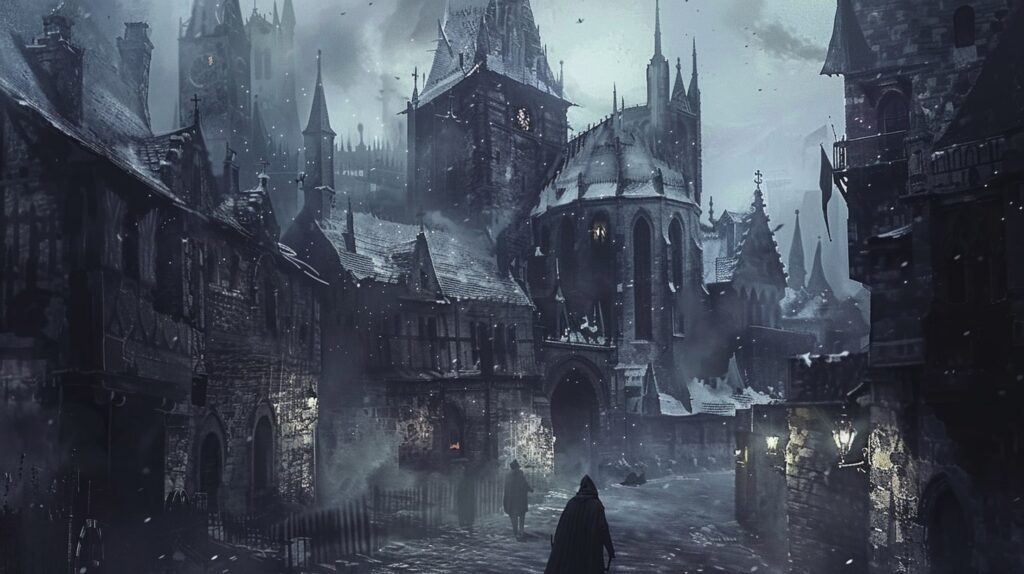
Worldbuilding History: Incorporating History into Your Fantasy World
In the realm of fantasy writing, the process of worldbuilding plays a pivotal role in creating immersive and believable fictional worlds. One crucial element to consider when crafting your fantasy world is the incorporation of history. By weaving a rich tapestry of historical events, cultures, and legends, you can breathe life into your world and captivate your readers.
Why Incorporate History?
Incorporating history into your fantasy world serves several important purposes. First and foremost, it adds depth and complexity to your world. Just as real-world history shapes societies and cultures, the history of your fantasy world influences the beliefs, traditions, and conflicts within it. By delving into the past, you create a sense of realism and authenticity that enhances the reader’s immersion in the story.
Furthermore, history provides a foundation for storytelling. Historical events and their consequences can serve as catalysts for your plot, driving the actions and motivations of your characters. Exploring the conflicts, wars, and alliances of the past can create a rich backdrop against which the present-day events of your story unfold.
Benefits of Incorporating Worldbuilding History
Incorporating history into your worldbuilding offers numerous benefits. Firstly, it allows you to establish a sense of continuity and coherence. By creating a historical timeline, you can ensure that the events of your world are interconnected and logical. This timeline can provide a reference point for your characters, enabling them to understand their place in the grand tapestry of history.
Secondly, incorporating history helps you develop cultures and societies within your fantasy world. Historical events shape the beliefs, values, and traditions of different groups, giving rise to diverse cultures with unique identities. Understanding the influence of history on culture allows you to create rich and nuanced societies that resonate with readers.
Lastly, integrating historical figures and legends into your worldbuilding adds an element of familiarity and depth. Legendary figures and historical heroes inspire admiration, awe, and curiosity. By creating legendary figures with captivating stories and incorporating historical figures from your world’s past, you provide readers with a sense of connection to the world and deepens their engagement with the narrative.
By incorporating history into your worldbuilding, you infuse your fantasy world with authenticity, depth, and a sense of grandeur. Researching real-world history can provide valuable inspiration and insights on how to create a believable and compelling historical backdrop. Remember to strike a balance between realism and creativity, allowing the historical elements to enhance your storytelling while still embracing the imaginative freedom of the fantasy genre.
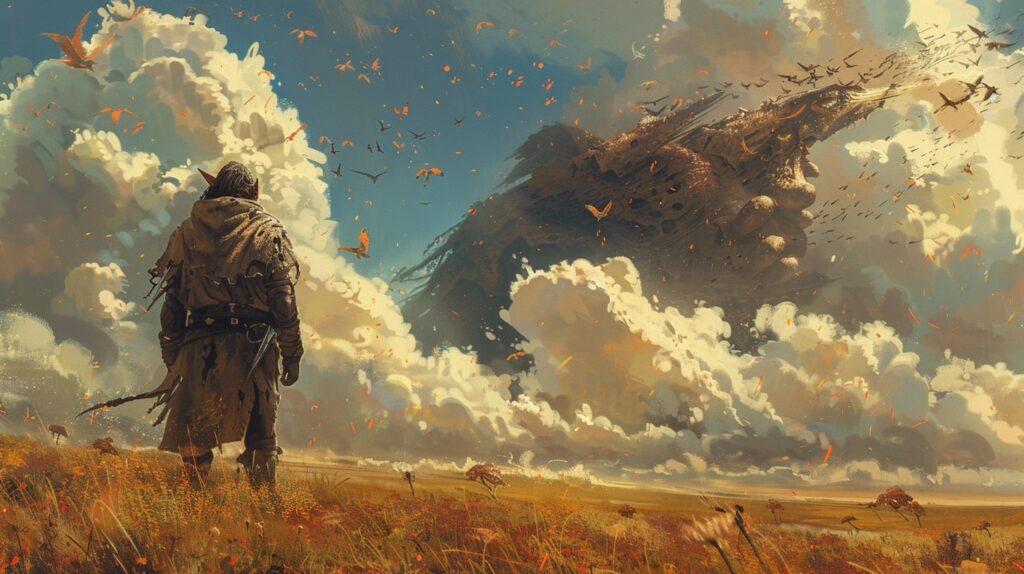
Creating a Historical Timeline
To develop a rich and immersive fantasy world, creating a historical timeline is a crucial step. This timeline serves as the foundation for your world’s history and provides a framework for the events that have shaped it. By establishing key historical events and mapping out the progression of your world’s history, you can add depth and authenticity to your storytelling.
Establishing Key Historical Events
When creating a historical timeline, it’s important to identify and establish key historical events that have influenced the development of your fantasy world. These events can include significant battles, the rise and fall of empires, the discovery of magic, the birth of important figures, or any other pivotal moments that have shaped the course of history.
Consider the impact of these events on your world. How have they shaped the current state of affairs? Have they led to conflicts, alliances, or shifts in power? By answering these questions, you can create a tapestry of historical events that adds depth and complexity to your world.
| Event | Date |
|---|---|
| The Great War of the Five Kingdoms | 1000 years ago |
| The Rise of the High Elves | 800 years ago |
| The Forbidden Cataclysm | 500 years ago |
| The Age of Enlightenment | 200 years ago |
| The Dark Rebellion | 100 years ago |
Mapping Out Historical Progression
Once you have established key historical events, it’s important to map out the progression of your world’s history. This involves considering the sequence of events, their chronological order, and their interconnections. Think about how one event leads to another and how they collectively contribute to the current state of your world.
Consider the passage of time and the impact it has had on different regions, cultures, and societies within your world. Has there been a period of peace and prosperity followed by a decline? Are there recurring patterns or cycles in history? By mapping out historical progression, you can create a sense of continuity and coherence in your world.
| Era | Time Period |
|---|---|
| Ancient Civilization | 3000 – 2000 years ago |
| Age of Exploration | 1500 – 1000 years ago |
| Age of Empires | 1000 – 500 years ago |
| Age of Enlightenment | 500 – 200 years ago |
| Modern Era | Present |
By creating a historical timeline and mapping out the progression of events, you lay the groundwork for a rich and immersive world. This historical backdrop not only adds depth and authenticity to your storytelling but also provides opportunities for conflict, character development, and the exploration of various themes. Remember to refer back to your timeline as you write and weave historical details into your narrative, making your fantasy world come alive for your readers.
Developing Cultures and Societies
In the process of worldbuilding, developing cultures and societies is a pivotal aspect that adds depth and authenticity to your fantasy world. The history of your world plays a significant role in shaping the cultures and social structures within it.
Influence of History on Culture
The history of a civilization has a profound impact on its culture. Historical events, such as wars, conquests, and migrations, shape the beliefs, values, and traditions of the people. For example, a society that has experienced a long period of peace and prosperity might prioritize art, education, and intellectual pursuits, resulting in a culture that values creativity and knowledge.
When developing the cultures within your world, consider the historical context in which they have evolved. Think about how historical events have influenced their customs, rituals, clothing, language, and even their perception of beauty. This attention to historical influence will lend authenticity and richness to your world.
Social Structures and Traditions
Social structures within your fantasy world are another important aspect to consider. History often plays a significant role in determining the hierarchy, roles, and relationships within a society. For example, a feudal system might emerge from a history of powerful monarchies and noble families, while a tribal society could develop from a history of nomadic lifestyles and communal living.
Think about the social classes, professions, and roles of different groups within your world. Consider the traditions, customs, and rituals that are important to each society. By delving into the intricacies of social structures, you will create a more immersive and believable world.
To help you organize the various cultures and societies within your world, you may find it useful to create a table or chart. This can include information such as the dominant religion, political system, economic structure, and key traditions of each culture. Here’s an example of what such a table could look like:
| Culture | Dominant Religion | Political System | Economic Structure | Key Traditions |
|---|---|---|---|---|
| Kingdom of Eldoria | Pantheon of the Five | Monarchy | Feudalism | Festival of the Harvest |
| Nomadic Tribes of the Tundra | Ancestral Spirits | Tribal Council | Barter System | Rite of Passage Ceremony |
By mapping out these details, you can ensure consistency and coherence in your worldbuilding. Remember to consider how the historical events and influences you’ve established earlier in your worldbuilding process shape the cultures and societies within your fantasy world.
Incorporating historical context into the development of cultures and social structures will result in a more authentic and engaging world for your readers. So, take the time to immerse yourself in the history of your world and let it guide you as you craft vibrant cultures and intricate social dynamics.
Integrating Historical Figures and Legends
In your quest to create an authentic and immersive fantasy world, integrating historical figures and legends can add depth and richness to your storytelling. By incorporating these elements, you provide a sense of continuity and a link to the past, giving your world a sense of history and tradition. Let’s explore two ways you can bring historical figures and legendary characters to life in your worldbuilding process.
Creating Legendary Figures
Legendary figures are larger-than-life characters who have left a lasting impact on the history and mythology of your fantasy world. These figures can be gods, heroes, or even villains who have achieved legendary status through their deeds, accomplishments, or even their failures. Creating legendary figures allows you to introduce epic stories, folklore, and legends into your world.
When crafting legendary figures, consider their unique attributes, powers, or skills that set them apart from ordinary individuals. These figures can become the subject of myths, songs, and tales passed down through generations, adding depth and intrigue to your world. Remember to make their stories relatable and impactful, as they serve as important cultural touchstones in your worldbuilding. For more inspiration on creating legends and myths, check out our article on worldbuilding mythology.
Incorporating Historical Figures
Incorporating historical figures from your fantasy world’s past can provide a sense of authenticity and realism to your storytelling. These figures may have played pivotal roles in shaping the world’s history, influencing major events, or leaving a lasting legacy. By referencing historical figures, you establish a sense of continuity and give your world a sense of time and place.
When incorporating historical figures, consider their impact on the present-day world and how their actions and decisions continue to shape the current state of affairs. You can explore their backgrounds, motivations, and the consequences of their actions. Historical figures can also serve as inspiration for your characters or serve as subjects of reverence or controversy within your world. For more guidance on developing compelling characters, check out our article on worldbuilding characters.
By integrating historical figures and legends into your worldbuilding, you breathe life into the past and create a more immersive and believable fantasy world. These elements not only add depth and complexity to your storytelling but also provide opportunities for captivating plotlines and character development. Remember to strike a balance between creating original legends and incorporating historical figures to create a unique and engaging world for your readers to explore.
Crafting Authentic Worldbuilding
To create a truly immersive and believable fantasy world, crafting authentic worldbuilding is essential. This involves researching real-world history and finding the right balance between realism and creativity. Let’s explore these two important aspects in more detail.
Researching Real-World History
When embarking on the journey of worldbuilding, one of the most valuable resources at your disposal is real-world history. By studying different time periods, cultures, and historical events, you can gain inspiration and insights that will help shape your own fictional world.
Researching real-world history allows you to incorporate authentic elements into your worldbuilding, making it more believable and relatable. You can draw inspiration from various historical periods, such as ancient civilizations, medieval times, or even modern eras. By understanding how societies have evolved, the conflicts they faced, and the cultural norms that shaped them, you can create a more nuanced and realistic world.
Consider exploring topics like politics, religion, architecture, technology, and social structures from different historical periods. This research will provide you with a wealth of ideas and details that can be adapted and incorporated into your fantasy world. For additional resources and guidance, check out our article on worldbuilding resources.
Balancing Realism and Creativity
While researching real-world history is important, it’s equally crucial to strike a balance between realism and creativity in your worldbuilding. While you want your world to feel authentic and grounded, you also have the freedom to introduce fantastical elements and imaginative twists.
As a fantasy author, you have the creative liberty to shape your world in unique ways. Consider how the historical events and cultures you’ve researched can be reimagined and adapted to fit your story. Is there a magical element that influenced the course of history? Are there mythical creatures that shaped societies and traditions? By weaving these imaginative elements into your world, you can create a rich and captivating narrative.
Remember to stay true to the internal logic and consistency of your world. While fantastical elements can add excitement, they should still make sense within the context of your world’s rules and mythology. By maintaining this balance, you can create a world that feels both authentic and enchanting.
By researching real-world history and finding the right balance between realism and creativity, you can craft an authentic and immersive world for your fantasy story. Take inspiration from the past, but don’t be afraid to let your imagination soar. With careful attention to detail and a touch of creativity, your worldbuilding can transport readers to a realm of wonder and excitement. Good luck on your worldbuilding journey!
